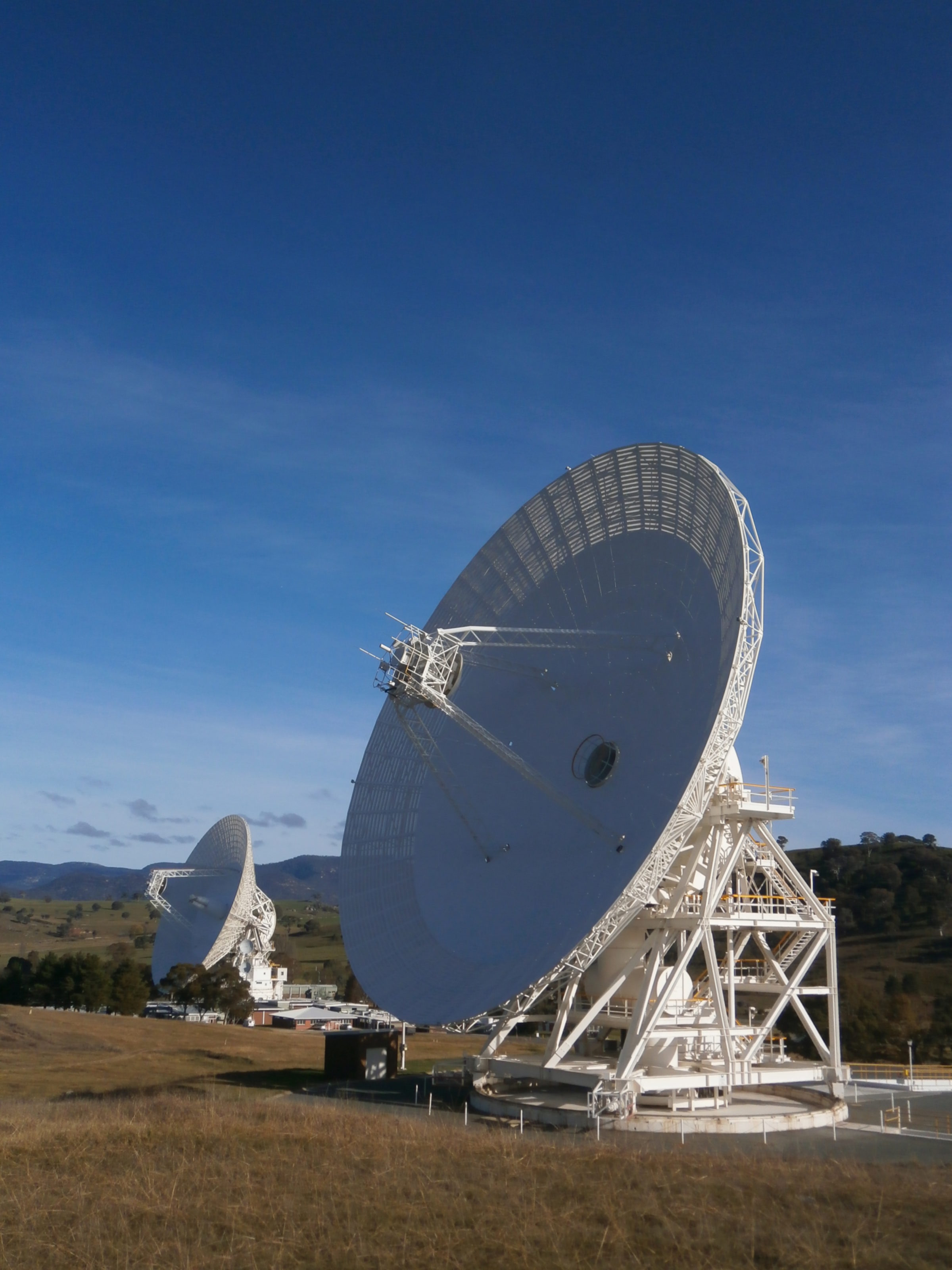Emily Lakdawalla • Jun 11, 2014
Mars-bound mission updates: Mars Orbiter Mission maneuvers, MAVEN detects Mars
India's Mars Orbiter Mission has reported via Twitter that their second trajectory correction maneuver, a 16-second rocket burn amounting to only 1.577 meters per second, executed successfully today. According to the information in my last post on Mars Orbiter Mission -- which was in February -- the second burn was supposed to have taken place in April.; I'm not sure what, if anything, it means that it did not happen until June. Perhaps they combined two planned burns because of their small anticipated size? Edit: A commenter has pointed out to me that ISRO announced in April that the course was close enough to the deisred one that they were able to wave off the first planned trajectory correction maneuver. The spacecraft remains on track for a September 24 arrival at Mars.
It's interesting to see the coverage of this burn in India. NDTV makes much of it being a "tricky maneuver." Deep space operations seem so routine, especially little rocket burns like this one; it's easy for observers like me to become complacent, to dismiss events like this one as commonplace. But the NDTV reporter, Pallava Bagla, is right: there's nothing routine about deep-space operations, where the tiniest mistake can lead to the unrecoverable loss of a one-of-a-kind spacecraft. It's even less routine for India, for whom Mars Orbiter Mission is their very first deep-space operation. Every day that this little spacecraft operates is a step farther into space for India than ever before. So they're owed congratulations, and deserve to pat themselves on the back for today's success.
There are never any new pictures associated with deep-space rocket burns. There's nothing nearby to shoot a photo of. But thanks to Glen Nagle at the Canberra Deep Space Network, I do have a nice photo for this post: two of the great southern-hemisphere radio dishes, both listening to the Mars-bound spacecraft as it performs its little course adjustment.

Meanwhile, NASA's MAVEN is already getting to work as it cruises toward Mars. The mission reports on their blog that they are busily calibrating and testing science instruments. Yesterday, they posted this "first light" plot for the Imaging Ultraviolet Spectrograph:
MAVEN’s Imaging UltraViolet Spectrograph (IUVS) made calibration observations of Mars on May 21, 2014, four months before Mars Orbit Insertion (September 21). Despite the spacecraft’s relative great distance from Mars (35 million km or ~22 million miles), IUVS detected the planet and obtained a spectrum of Mars’ sunlit disk in the mid-UV range.
Since Mars still appears smaller than a pixel, the spectrum does not yet reveal information about the atmosphere; essentially all spectral features are due to the Sun.
On its own, the graph isn't anything significant; but it promises a productive mission to come for MAVEN at Mars.

Best of luck to both Mars-bound missions for a continued routine cruise!
Support our core enterprises
Your support powers our mission to explore worlds, find life, and defend Earth. You make all the difference when you make a gift. Give today!
Donate

 Explore Worlds
Explore Worlds Find Life
Find Life Defend Earth
Defend Earth

